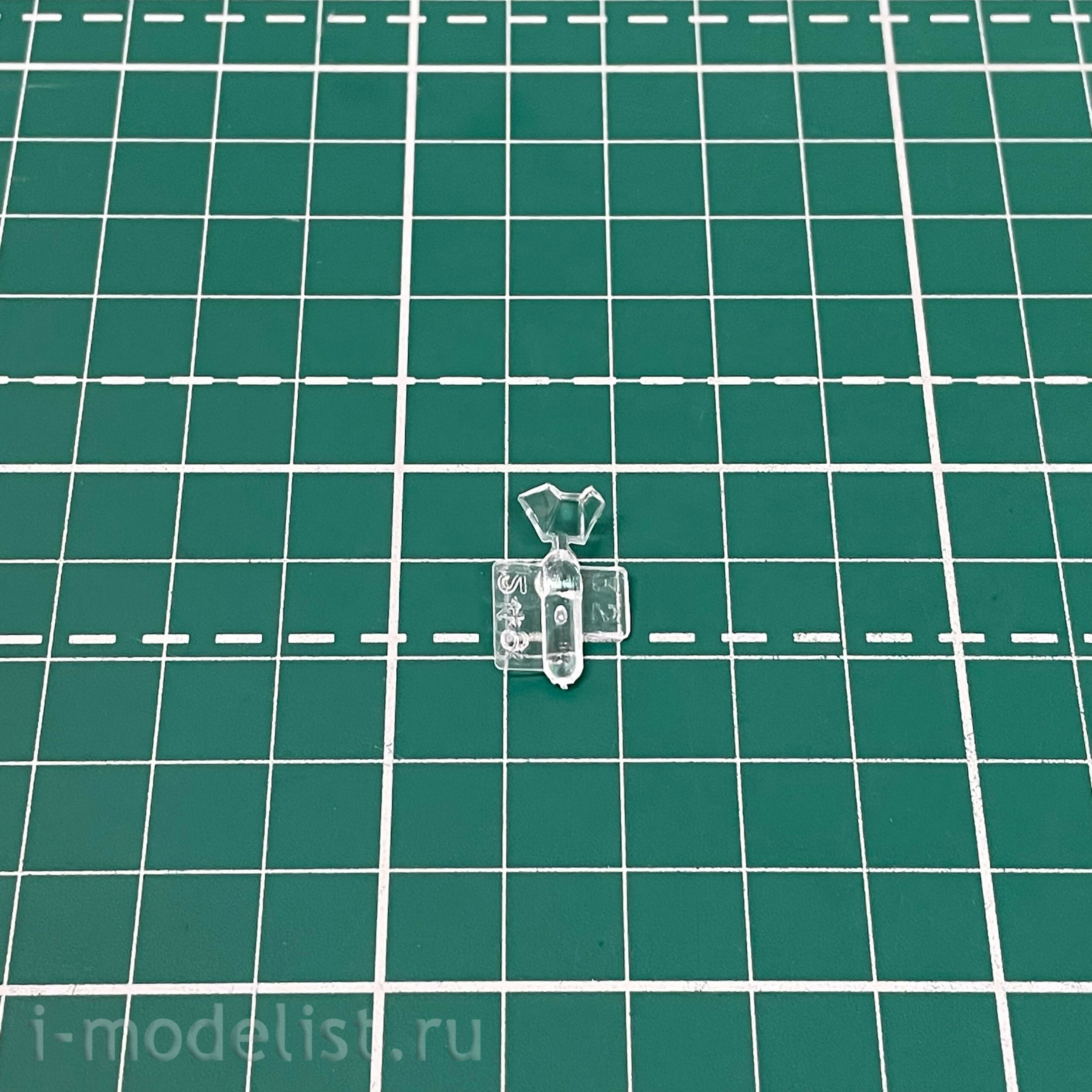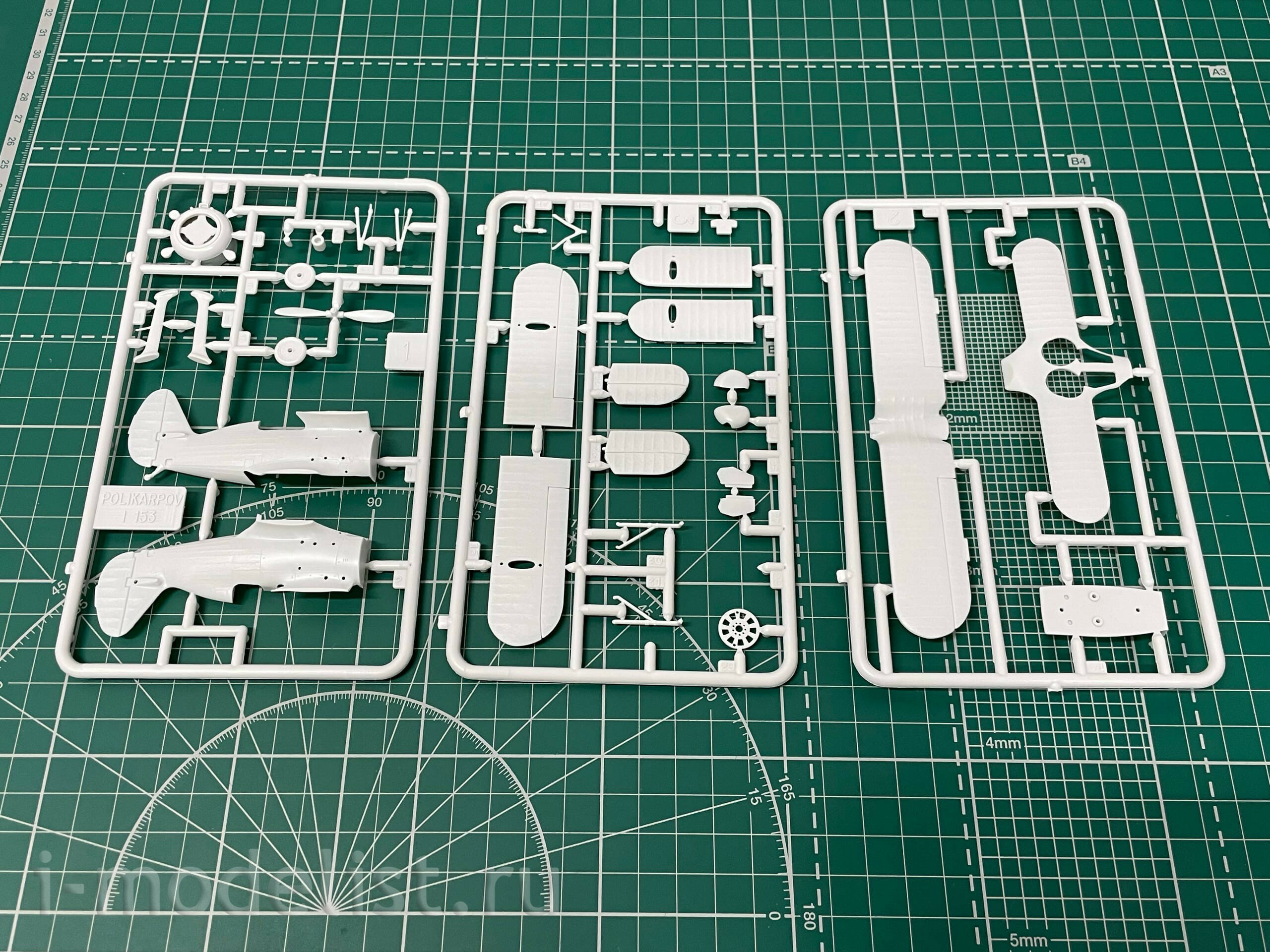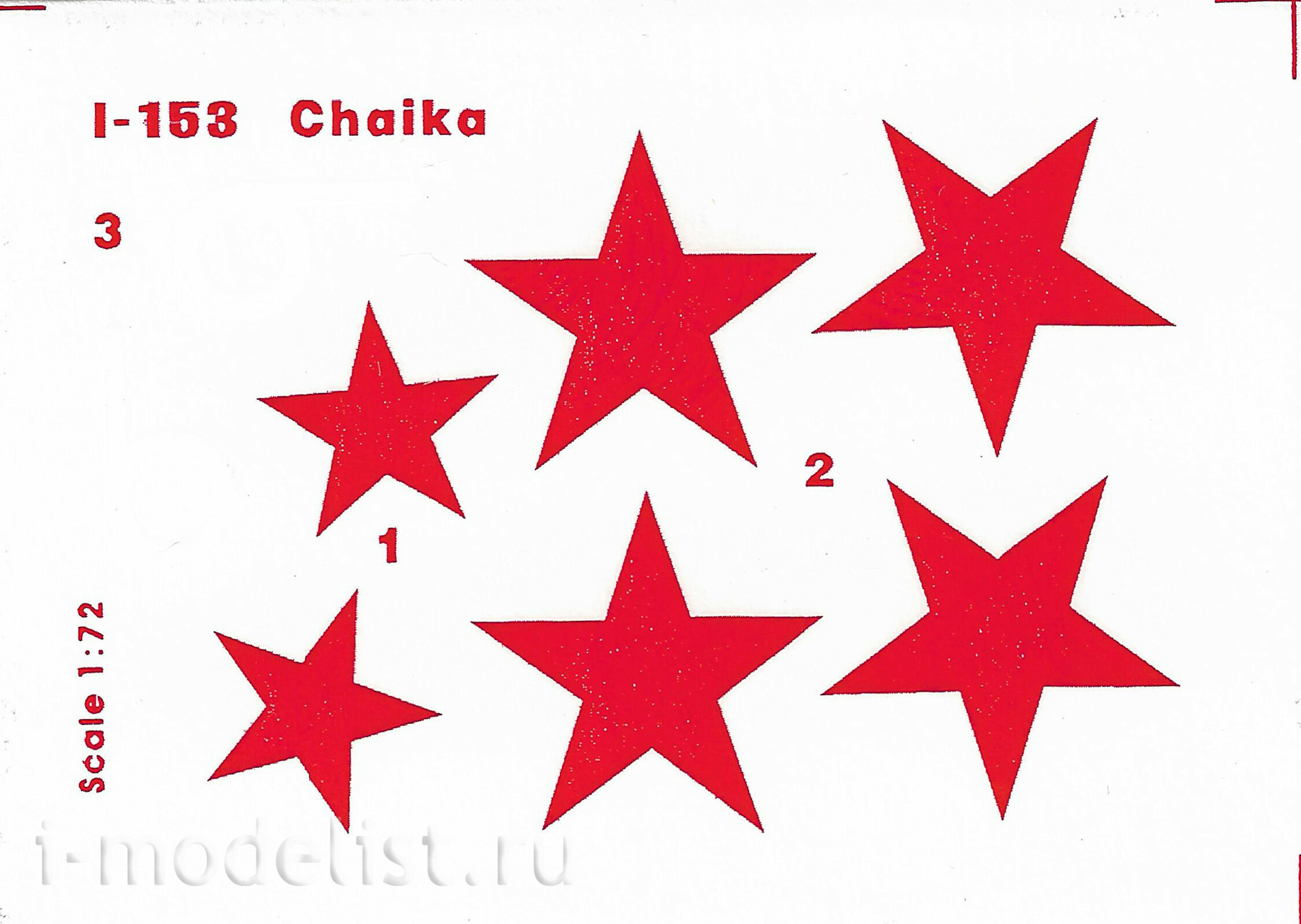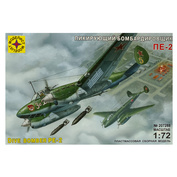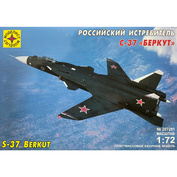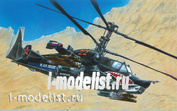Additional Information
the Aircraft was developed on the initiative of N. N. Polikarpov in the order of modernization And-15. October 11, 1937 the project was approved by the air force. In the fall of 1938-153 successfully passed the test, and since 1939 began mass production. In total, 3437 aircraft were manufactured (in 1939– 1011 PCs., in 1940– 2362 PCs., in 1941– 64 PCs.). About six months after the start of mass production ,the "Seagulls" received baptism of fire in Mongolia. By the time the most powerful Japanese fighter was monoplane I-97 (Nakajima "Ki-27") and became the most numerous type of fighter in Japan until the early 40-ies (built 3386 PCs.).
Our I-15 and I-15bis suffered heavy losses. The commander of a special group, which was to test in combat new Soviet fighter, has appointed S. I. Gritsevets, the best at that time, the Soviet ACE, destroyed in the skies of Spain 30 Nazi planes (Khalkhin-he shot down 12 Japanese). The group went on a mission. Soon at an altitude of 3000 meters appeared enemy fighters. Seeing the nine of our aircraft, the Japanese rushed into the attack, taking deliberately not removed the chassis, And-153 for the I-15bis. Soviet fighters turned back, imitating flight. Letting the Japanese closer ”Seagulls”, at the command of gritsevtsa, turned 180 degrees and removing the chassis went on the attack on a collision course, in a matter of minutes shooting down four enemy fighters.
the study of the experience of the fighting showed that Japanese And-97 slightly higher than the I-153 in speed, but at low and medium altitudes inferior in maneuverability and rate of climb. If in the maneuvering battle And-97 entered the turn, the I-153 at the beginning or at the end of the second turn went to his tail and the I-97 had to move to a vertical maneuver, where the advantage was again at the I-153. Knowing the strength of the armament of "the Seagull", frontal attacks by Japanese pilots generally avoided.
In the Soviet-Finnish war of 1939-1940, the I-153 proved to be more of a stormtrooper, as the Finns invariably evaded meetings with Soviet fighters, attacking, as a rule, only scouts and bombers who found themselves without cover.
By the beginning of the great Patriotic war And-153 was already outdated machine, nevertheless participated in fighting for still almost two years. Together with the I-16 aircraft carried the brunt of the struggle in the air in the first, most difficult period. "The Seagull" took part in the fighting on almost all fronts-Moscow, Leningrad, Stalingrad, Sevastopol...
the Use of-153 for assault purposes, due to the exceptional persistence of the machine. For example, “Seagull” of the art. Lieutenant S. P. Putyatova received 326 holes,and in the morning again went into battle. Increased and combat power And-153, instead of machine guns ShKAS began to install 12.7 mm, machine guns BS, or two 20-mm guns ShVAK, under the wing hung eight missiles RS-82 or two bombs weighing up to 200 kg.
Although the time of maneuverable fighter-biplanes was already running out, And-153 deserves special attention. His scheme and design were brought to a large degree of perfection, flight performance was considered simply outstanding. The aircraft can be considered the most advanced serial fighter of this scheme ever existed. This is confirmed by the comparison of its flight and technical data with the best fighter-biplanes of those times.
Warning! Glue and paint are not included.
The recommended paints
| Зеленый глянцевая (Gloss Green) | |
| Красный глянцевая (Red) | |
| Светло-голубой (Light Blue) | |
| Черный глянцевая (Black) | |
| Сталь (Steel) |
Caution! Glue and paints are not included.
The configuration and appearance of the model are subject to change without notice.
Related Products





